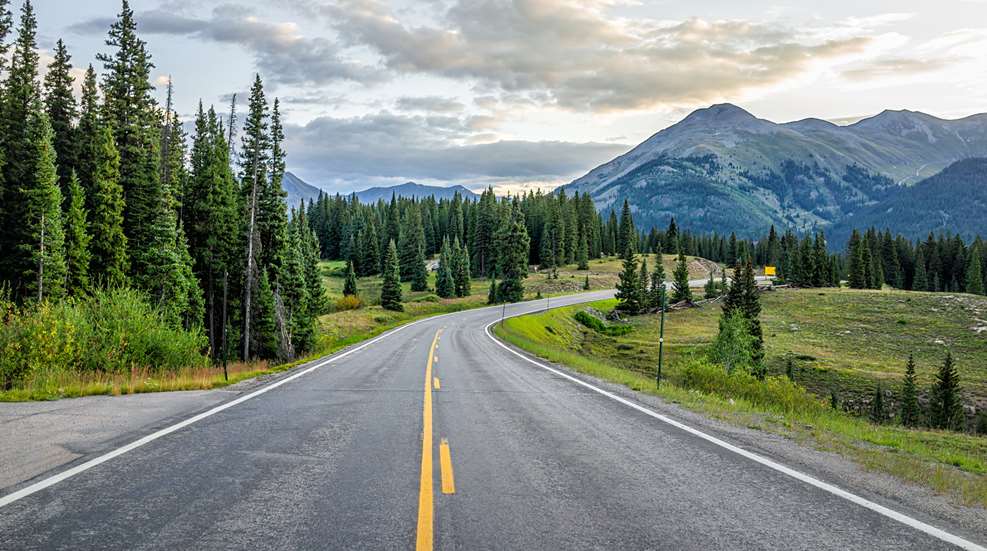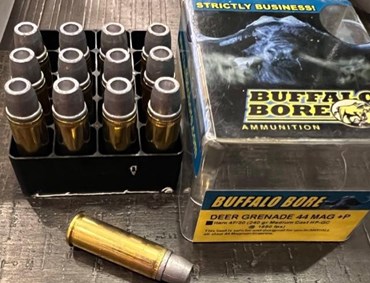4 Tips for the Trips that Include Firearms
Tags: 2nd Amendment, NRA Women, Safety, Conceal Carry
Vacation should be a time when we let down our guard, but often it is often when we are most vulnerable. If you plan to vacation with a firearm in tow, pay attention to these important facets.
by HEIDI LYN RAO posted on June 7, 2023
NEWS, LIFESTYLE, TIPS & TACTICS, HUNTING, CONCEALED CARRY, FIREARMS

4 Tips for the Trips that Include Firearms – NRA Women.com
We tend to take our safety and security seriously when we are at home, going to and from work, and while running errands around town. This is often not the case when we are on vacation. Afterall, vacations are supposed to be fun and carefree, a time when we let down our guard. But, in reality, vacation is often when we are most vulnerable and need to be most focused on safety. If you plan to vacation with a firearm in tow, there are four facets to be aware of:
Know the Laws
Everyone should know the firearm laws in their own states and municipalities. While traveling, we also need to know the laws for each place we pass through on the way to our destination. Laws vary from jurisdiction to jurisdiction, including open carry versus conceal carry, and whether you have a permit to carry a firearm from the state in which you reside. This means understanding reciprocity and unilateral agreements between states. It is your responsibility to know the law, because when it comes down to it, ignorance is no excuse.
It is also wise for each person who carries a firearm to subscribe to some type of legal protection or “insurance” from a reputable company, like U.S. Law Shield. In addition to the services they provide to help you navigate the legal system if you are forced to draw or use your firearm in a self-defense situation, you will be able to call them for questions about any jurisdiction through which you are traveling.
Traveling
Your mode of travel will dictate how your firearms are carried. If you are flying to your destination, you must follow regulations governed by TSA and each airline. If you are traveling by vehicle, there may also be unique laws. For example, in some jurisdictions you may not be able to carry a loaded firearm anywhere in your vehicle. In other jurisdictions, if you cross into certain city limits, including city limits that extend into rural areas, you must notify law enforcement before traveling through. Much of this information can be found in the annually updated Traveler’s Guide to Firearm Laws of the Fifty States.
If you are traveling along the highway, through cities or towns, and your destination is in a city or town, your EDC pistol will usually satisfy your self-defense needs for your entire trip. Once again, make sure you know the laws of the jurisdiction in which you will be traveling. If you are going to be in a rural or wilderness setting, you may need something more powerful to deal with dangerous animals. This will require additional research to determine what types of threats, both human and wildlife, you might encounter. Make sure you have the proper firearm to protect yourself.
Destination
If your destination is in an urban environment, you may only need one firearm for protection. Again, some laws might affect which gun you carry. You might need to carry a lower-capacity magazine, for example. Doing your research ahead of time to make sure the firearm you plan to carry is even legal in your destination state.
During the summer months, many people travel throughout the National Park system. In 2009, a law was passed allowing for the legal open carry of firearms in all wilderness refuges and national parks. Depending on the state in which the national park or wilderness area is located dictates whether the firearm can be concealed. Keep this in mind when wearing jackets or any other outer garment covering, making sure you are not accidentally concealing your firearm in an open carry location. Again, depending on the area, individuals who have a license or permit to carry a concealed gun may be allowed conceal carry. Something as simple as changing your holster setup can help keep you legal. Do your research ahead of time before entering any of these areas.
In many wilderness areas, large wildlife predators such as black bears and brown bears can pose a potential threat. In these areas you may consider carrying a larger caliber firearm like a large-frame revolver chambered in .44 Mag. or larger. Though these guns can be heavy and limited to 5 or 6 rounds, many consider them to be ideal when in these wilderness areas. Many people set on carrying a semi-automatic pistol in these areas opt for a 10mm. Just like large-bore revolvers, the 10mm semi-automatic pistol requires practice ahead of your trip. Some people still choose to carry their EDC, often a 9mm semi-automatic pistol, in the backcountry. Even though it is considered “too small” for large wildlife predators, having something is better than having nothing.
Once you decide which firearm to carry in an urban setting or in the backcountry, ammunition selection is crucial. Having the wrong ammunition can mean the difference between stopping a human threat or a large wildlife predator, or wounding one.

Ammunition Selection
There is an adage that says “fishing lures are designed to catch fishermen, not fish.” In other words, there is a lot of commercialization in everything we purchase. Most people carry hollow point ammunition for self-defense. There may be certain applications where round-nose or wad cutters may better. For example, if you are in an area that is extremely cold and people are wearing thick outerwear and heavy jackets, hollow points may not be as effective (depending on the caliber). When it comes to large thick-skinned animals, hollow points are oftentimes less effective to stop a threat. In this situation, “solids” are much more effective in stopping a large wildlife predator threat. Solids are normally round-nose bonded bullets. The downside of solids is you must hit the vital areas, or these bullets pass through with minimal terminal damage.
If you are in a designated wilderness area, a good choice of ammunition is hard-cast bullets, which are very effective in stopping a large wildlife predator threat. Buffalo Bore ammunition is probably the best known on the market for hard-cast bullets. These bullets are made out of a very strong alloy. They may look like lead but are much stronger. Buffalo Bore offers hard-cast ammunition for revolvers, semi-automatic pistols, and rifles. Be aware that most hard-cast ammunition has very high pressures and must be correctly matched up to the gun for safety. For example, some of their .44 Mag. ammunition has too much pressure for a Smith & Wesson revolver chambered for that caliber. If you have a Smith and Wesson .44 Mag. revolver, Buffalo Bore makes .44 Mag. ammunition specific for that firearm you are using. Remember it is not advisable to carry hard-cast ammunition in an urban setting due to over-penetration.
For many, summertime means vacation time. The last thing we want to happen while we are enjoying our time off is an unexpected encounter with a deadly threat. Do your research and be prepared. The safety of you and your loved ones depends on it.
